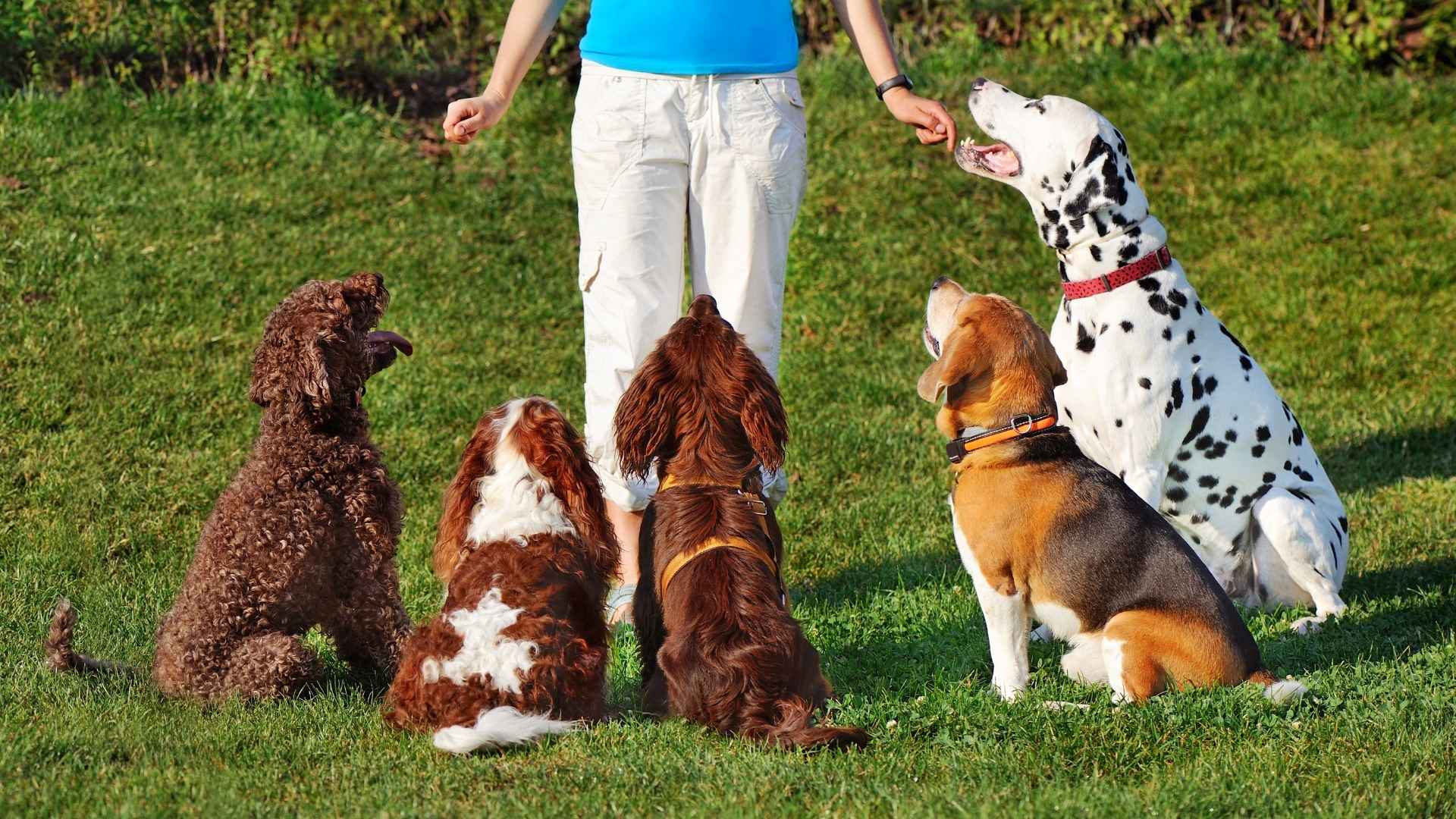Imagine having a dog that seems to know what you’re thinking—ready to follow your lead, eager to learn new tricks, and always up for a cuddle or a chore.
That’s the magic of cooperative dog breeds. These are the dogs who live to make you happy, thrive on structure, and turn even beginner owners into confident handlers.
From guide dogs to therapy animals to just plain lovable pets, cooperative breeds are the silent MVPs of the dog world. They’re not just smart dogs—they’re emotionally intuitive, socially graceful, and willing to work with their humans rather than against them. If you’re tired of stubborn streaks or want a smoother start with your first dog, this list is your go-to.
We’ll introduce you to the most cooperative dog breeds out there—those who excel in obedience, adaptability, and being part of a team.
Whether you want a family-friendly pup or a calm companion who makes daily life easier, you’re sure to find your perfect partner here.
Most Cooperative Dog Breeds
1. Golden Retriever
If dogs earned gold medals for cooperation, the Golden Retriever would stand proudly on the podium every time. Originally bred in Scotland in the 19th century for retrieving game during hunting, they are highly trainable breeds.
The Golden Retriever is one of the most popular and beloved dog breeds in the world. Golden Retrievers are medium to large-sized dogs. They have a sturdy, athletic build that contributes to their strength and agility, making them well-suited for active lifestyles.
Known for their friendly nature and go-with-the-flow attitude, these lovable fluff balls have basically perfected the art of getting along with everyone, from toddlers to grandmas, from cats to that suspicious squirrel outside the window.
Why Golden Retrievers are the ultimate team players:
-
They listen better than your most attentive coworker (well, almost).
-
They’ll happily sit, stay, and roll over on command — and look adorable doing it.
-
Their golden coats practically shine with good vibes and easygoing charm.
-
Just a heads up: They might steal your heart… and your snacks. Consider yourself warned.
Golden Retrievers thrive on human company and genuinely enjoy being part of the family hustle and bustle. Whether it’s fetching the morning paper, offering a comforting paw during tough times, or just flopping down beside you for a Netflix binge, they’re all in.
Perfect for first-time dog owners or anyone looking for a furry BFF who’s all about cooperation, cuddles, and endless tail wags. If you want a dog that’s a living, breathing cheerleader for your life, look no further than the Golden Retriever!
2. Labrador Retriever
Labradors are like the friendly neighbor who always has a smile and a helping hand — but with fur and a wagging tail. Originally bred in Newfoundland to assist fishermen, Labs later became renowned as hunting dogs, guide dogs, search-and-rescue dogs, and loyal family pets.
Labradors typically stand between 21.5 and 24.5 inches tall at the shoulder and weigh between 55 and 88 pounds. They are considered medium to large dogs, with sturdy builds, broad heads, and powerful jaws.
Their muscular legs and strong shoulders contribute to their speed and agility. One of their distinctive features is their thick, rounded tail, commonly referred to as an “otter tail.”
Known for their sunny disposition and eagerness to please, Labs are one of the most cooperative-nature dog breeds out there. Whether it’s learning a new trick, assisting someone with disabilities, or just being your puddle of joy after a long day, Labs are all about teamwork.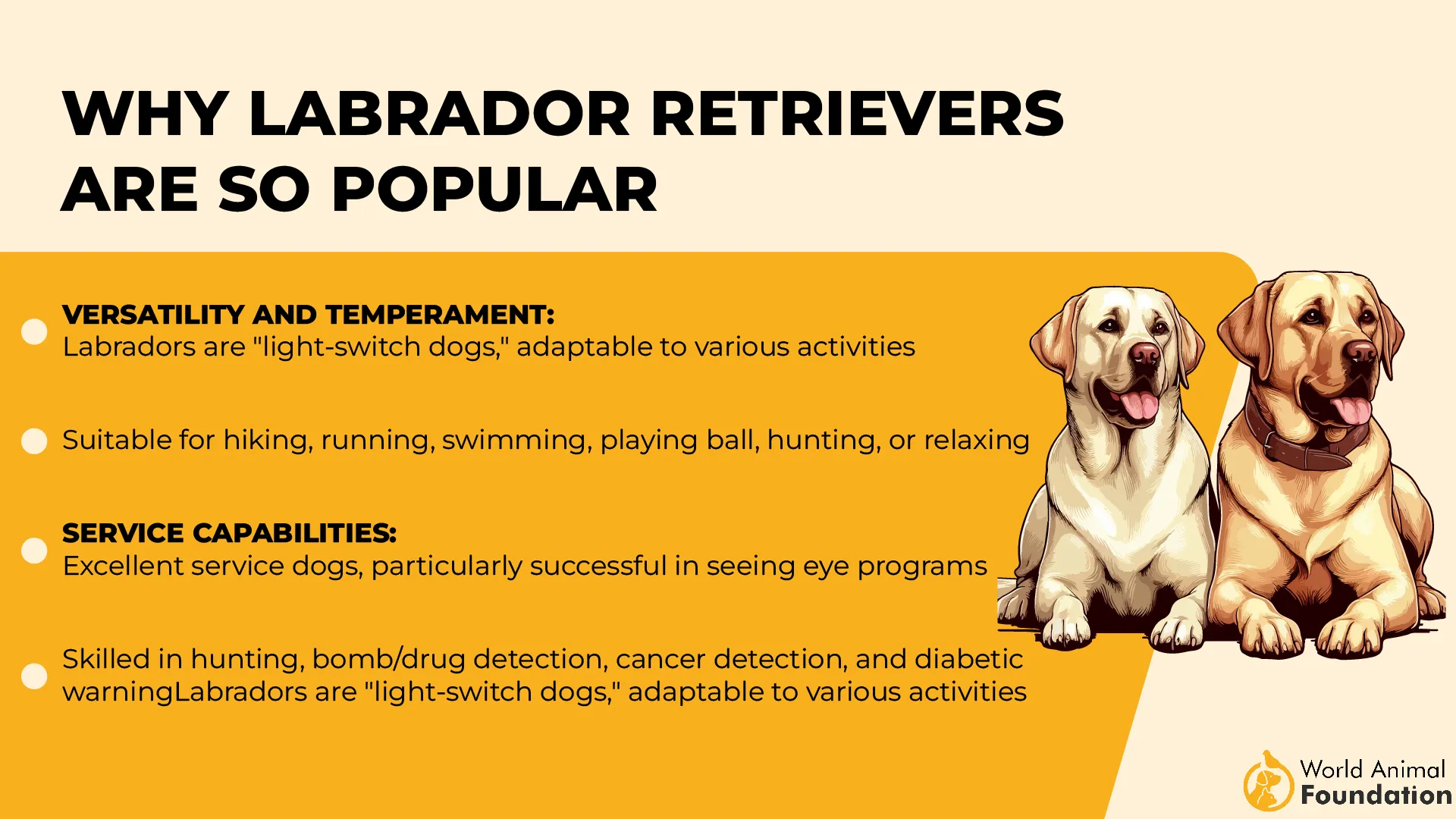
Why Labs are the ultimate cooperative companions:
-
They soak up training like a sponge and rarely say no to a game of fetch.
-
Their “soft mouth” makes them excellent retrievers — and makes stealing your socks a little less annoying.
-
Always up for an adventure or a cuddle session — sometimes both at once.
-
Warning: They might get you addicted to playing in the mud. Just saying.
Labrador Retrievers are known for being friendly with other dogs and excellent companions for children. They tend to bark and drool less than many other breeds. However, they do shed heavily, which can be problematic for individuals with dog hair allergies.
As per WebMD, they possess high energy and are eager to play, yet they are also very adaptable and naturally protective.
Training Labradors is straightforward. While they enjoy being active, with proper training, they can stay calm and obedient. Their natural hunting instinct drives their love for movement and activity.
3. German Shepherd
German Shepherds are more than just intelligent — they’re incredibly bright and deeply loyal. This highly adaptable breed is celebrated for its sharp mind, bravery, and exceptional dedication to any task it takes on.
Originally developed in Germany as a herding and guard dog, German Shepherds have become one of the most popular choices for police work, military, search-and-rescue, and service work due to their trainability and keen instincts.
They are medium to large-sized dogs with a well-muscled, athletic build, typically standing between 22 and 26 inches tall and weighing between 50 and 90 pounds. German Shepherds are protective of their families and can be reserved with strangers, making early socialization important.
Why German Shepherds make stellar cooperative partners:
-
They’re quick learners who love to please their humans — sometimes even too much (hello, overachievers).
-
Natural-born protectors with a gentle side reserved for those they love.
-
Masters of many trades: tracking, agility, obedience, and even first aid assistance.
-
Bonus: Their intense gaze will have you thinking they know your secrets — maybe they do.
Highly trainable and eager to learn, these dogs excel in teamwork with unwavering loyalty. They strike a perfect balance between being your disciplined student and your best buddy.
They require regular exercise and mental stimulation to stay happy and healthy. With proper training and care, they make devoted and reliable companions.
4. Toy Poodle
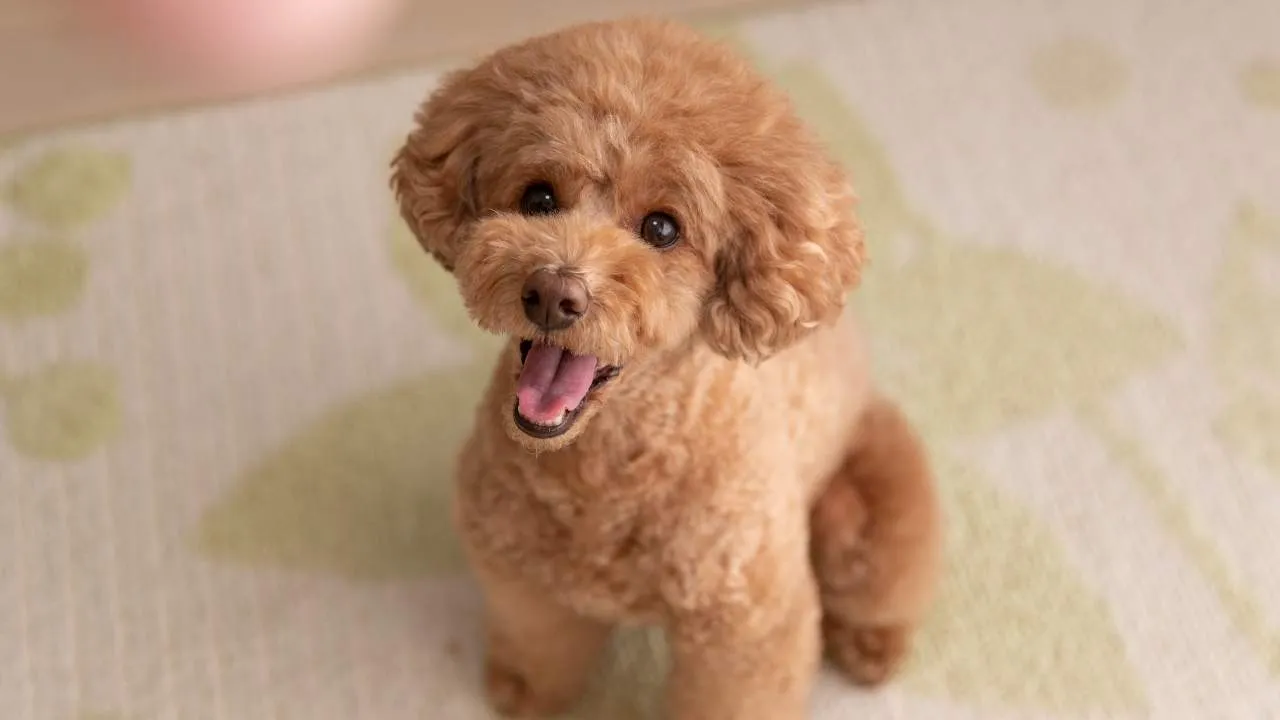
Don’t let their petite size fool you—Toy Poodles are like the Einsteins of the dog world, wrapped in an adorable, curly coat.
The Standard Poodle is a highly intelligent and elegant breed known for its distinctive curly coat and graceful appearance. Originally bred in Germany and later refined in France as a water retriever, Standard Poodles are excellent swimmers with a natural love for water.
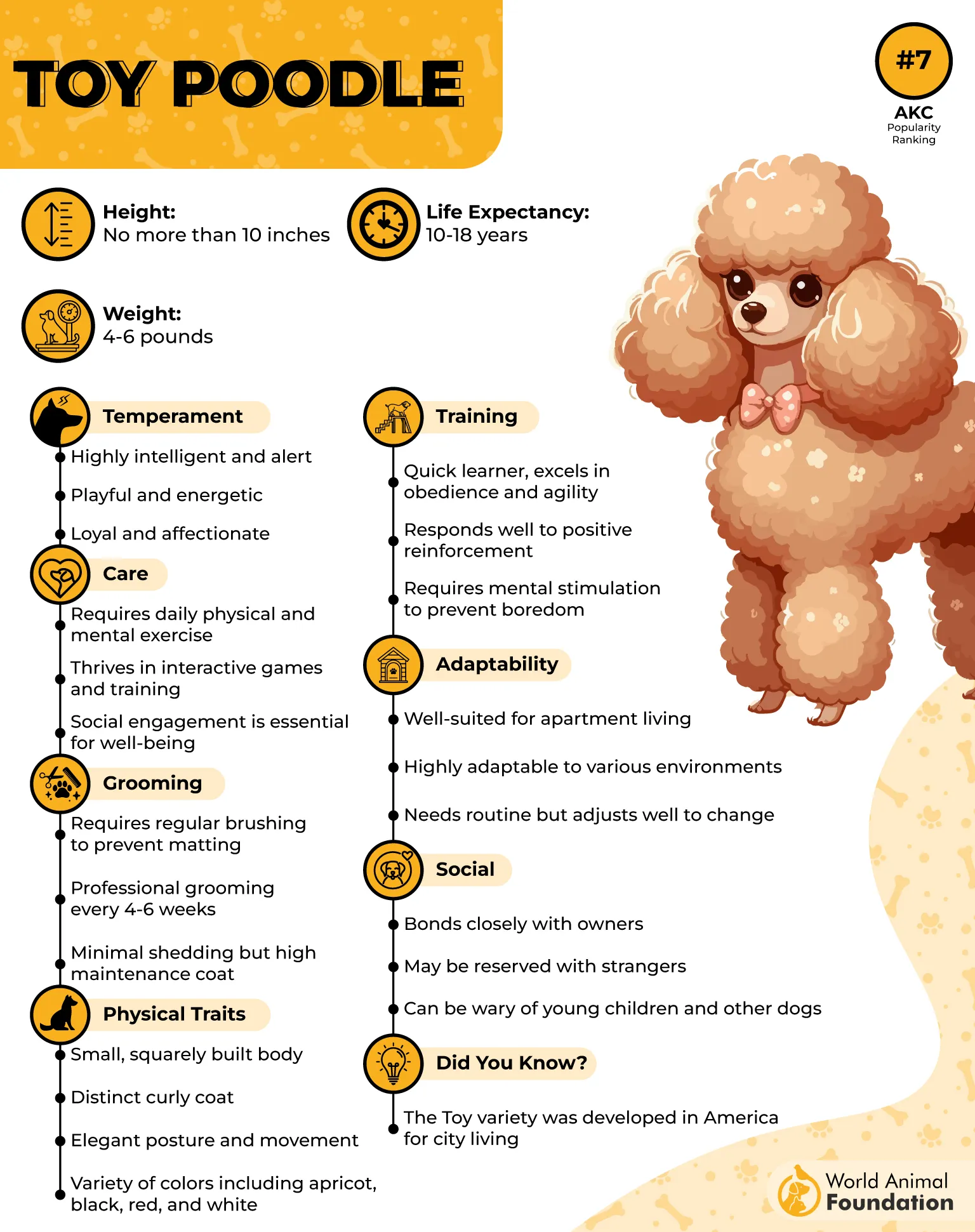
They are medium to large-sized dogs, typically standing between 15 to 22 inches tall and weighing 40 to 70 pounds. Known for their friendly, alert, and sociable nature, Standard Poodles make great family pets and are also popular in dog sports and as service dogs.
Why Toy Poodles are the MVPs of cooperation:
-
Smart as a whip and always ready for a challenge — they’ll outwit you in a game of hide-and-seek any day.
-
Their small size makes them perfect for apartment living, but their big personality fills every room.
-
This affectionate breed loves to please, making training sessions feel like fun hangouts.
Their hypoallergenic coat needs consistent grooming but sheds minimally, making them a suitable option for allergy sufferers.
Warning: Their intelligence means they can get bored easily, so be ready to keep their brains buzzing with puzzles and games!
These little dynamos are eager to learn, quick to pick up new tricks, and thrive on being part of the family team. Active and trainable, Standard Poodles thrive with plenty of exercise and mental challenges. Need a dog that can keep up mentally and emotionally? The Toy Poodle’s got you covered.
In a nutshell, Toy Poodles are like that reliable coworker who’s always two steps ahead but still cracks the best jokes. They’re tiny, talented, and totally team players!
5. Shetland Sheepdog
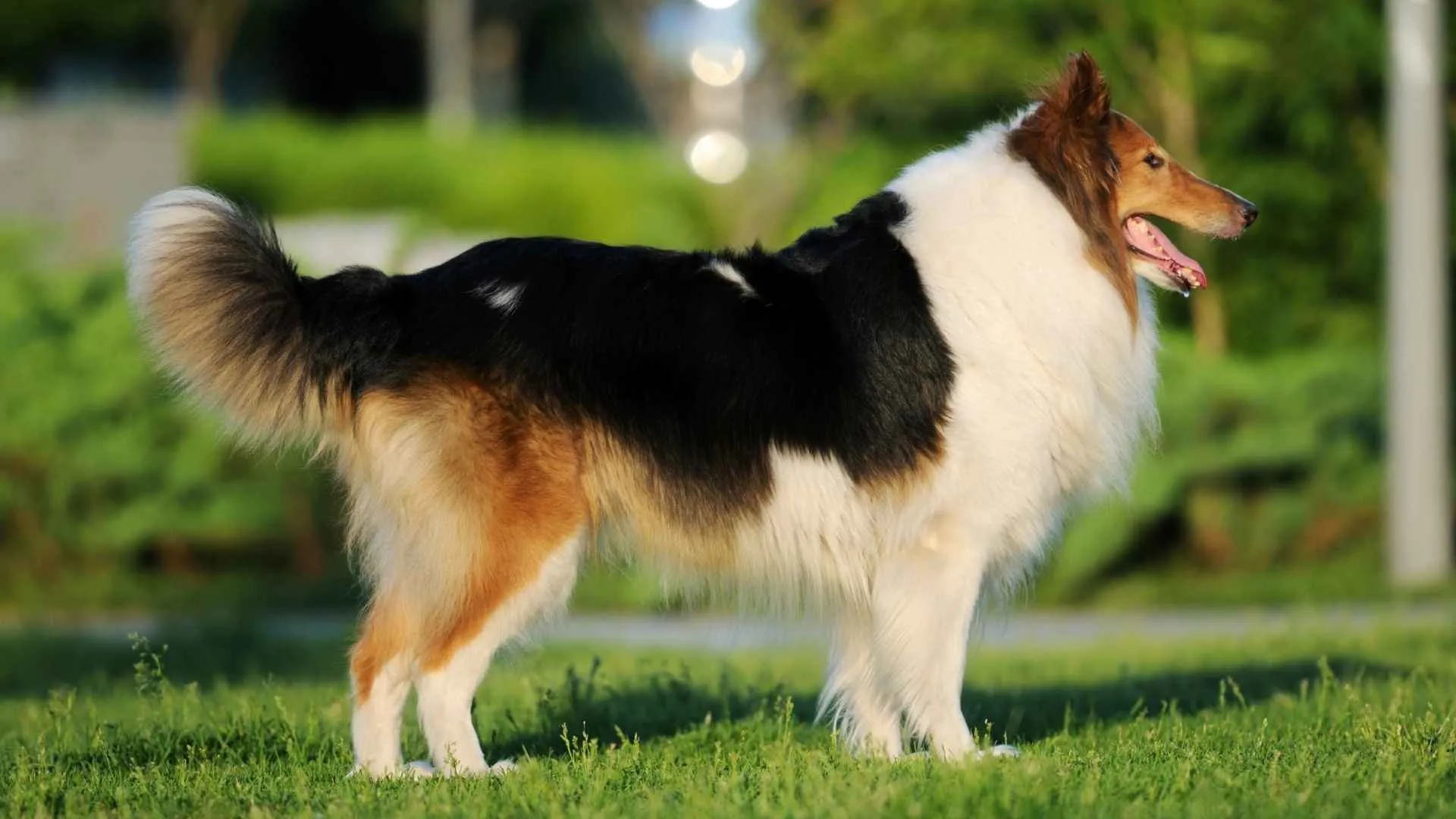
Shetland Sheepdogs, or “Shelties” for short, might look like miniature collies, but don’t let their size fool you — these pups pack a ton of personality and loyalty into a small package. They’re the kind of dog who wants to be your shadow, your cheerleader, and your best buddy all rolled into one fluffy bundle.
Adult Shelties typically measure 13 to 16 inches in height and weigh between 15 and 25 pounds. Resembling the Collie, they have a wedge-shaped head, upright ears, and a long, straight coat that appears in various color patterns.
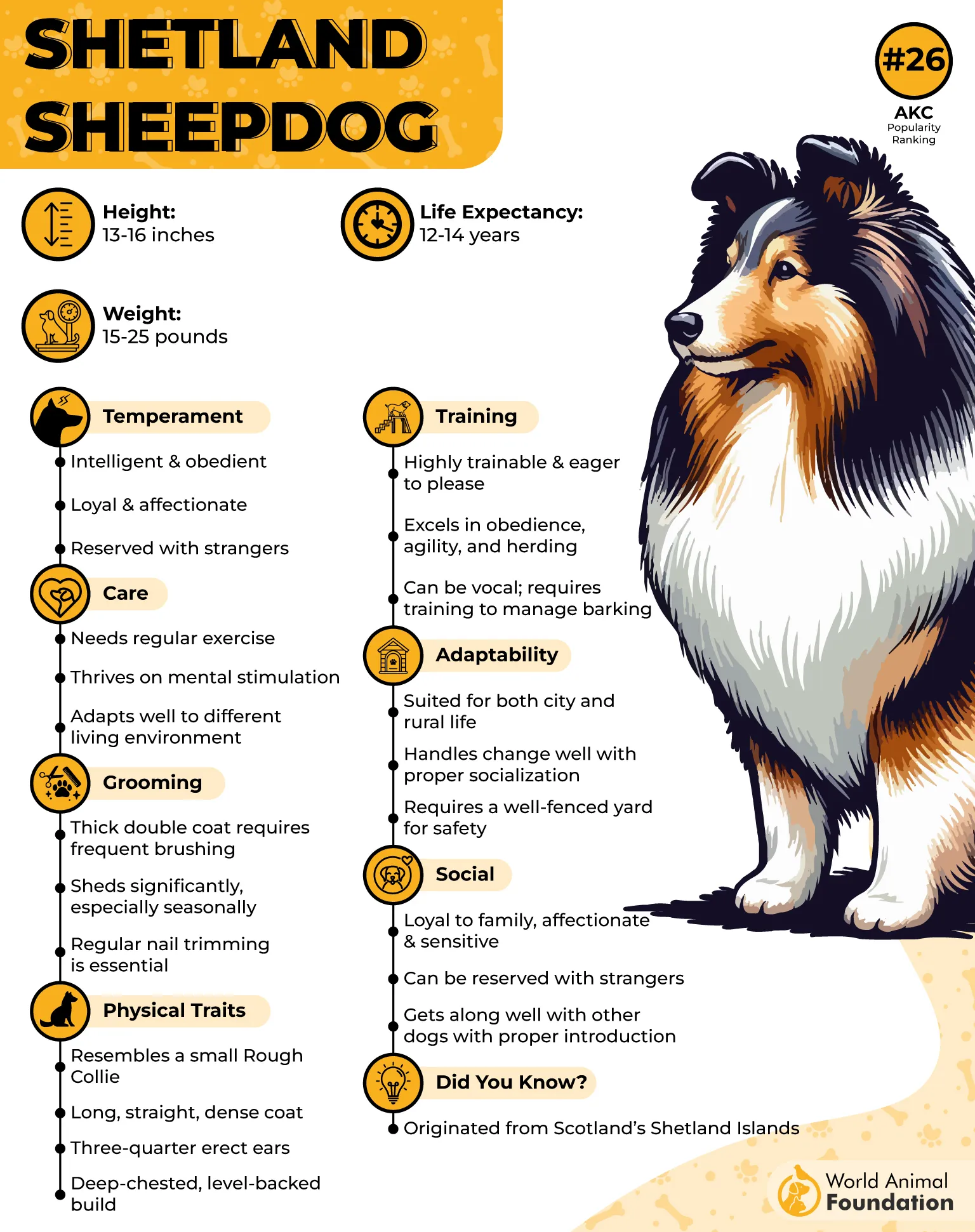
According to AKC, they are loving and sensitive family companions who are very aware of the household’s atmosphere. They tend to bark and are often cautious around strangers—two key traits that make them excellent watchdogs.
Why Shelties are cooperation champions:
-
Super sensitive and tuned into your emotions — they practically read your mind (which can be both adorable and a little spooky).
-
They thrive on being close to their humans and love to be involved in everything from chill Netflix nights to energetic play sessions.
-
Naturally smart and eager to learn, Shelties pick up commands and tricks faster than you can say “sit,” which means training is usually a breeze.
-
Caution: Their keen alertness means they might bark to let you know every time a leaf falls, so they make excellent watchdogs, just don’t expect peace all day.
Shelties are well-loved family pets due to their gentle nature and strong desire to please. However, as working dogs, they thrive when kept active and engaged rather than spending long periods lounging at home.
Shetland Sheepdogs are that faithful friend who’s always there, always paying attention, and always ready to make your day better with a wagging tail and loving heart.
6. Papillon
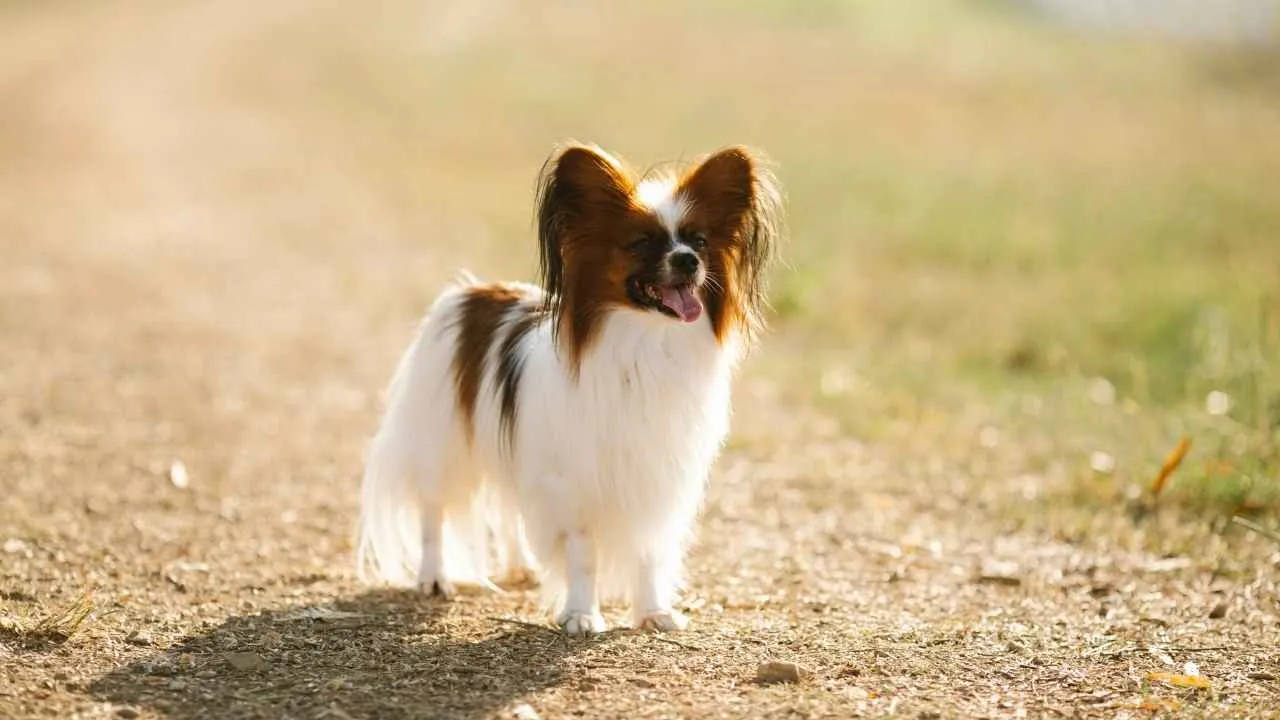
Don’t let their dainty size fool you—Papillons are like tiny, four-legged performers with a flair for the dramatic. Named after the French word for “butterfly” (thanks to their distinctive, wing-shaped ears), these little charmers are as graceful as they are smart.
They typically weigh between 4 to 9 pounds and stand about 8 to 11 inches tall. Papillons have a fine, silky coat that requires regular grooming to keep it looking its best.
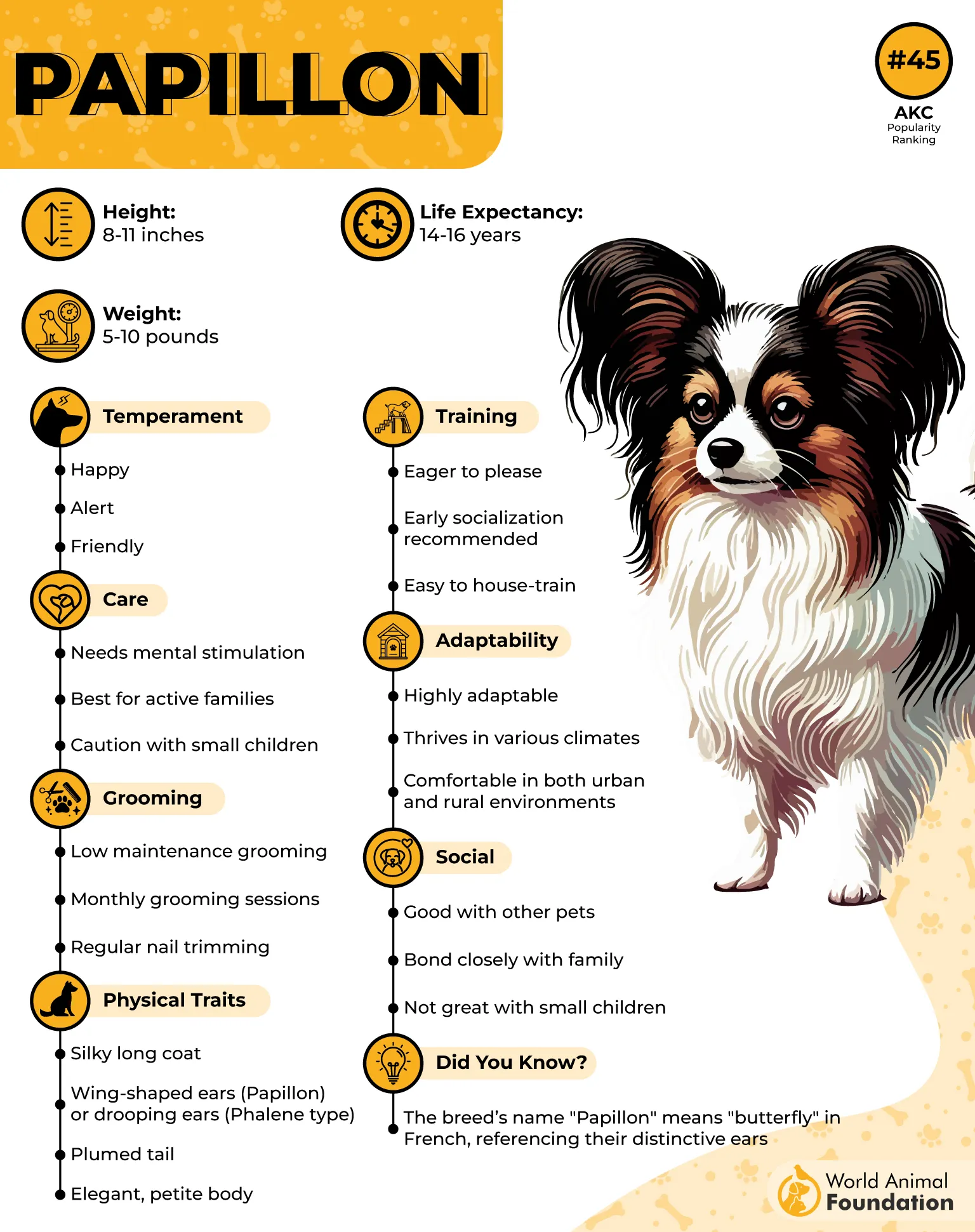
Friendly and affectionate, they bond closely with their families and adapt well to various living environments, including apartments. Purina says the Papillon dog breed is widely recognized as one of the most intelligent breeds globally.
Why Papillons make cooperative companions:
-
They thrive on training and mental stimulation, so keeping them busy means a happy, well-behaved pup.
-
Their friendly, outgoing nature means they’re usually great with kids, strangers, and other pets — basically the social butterflies of the dog world.
-
Warning: They can be a bit chatty if not given enough attention or exercise, so make sure you’re ready for some lively conversations!
Despite their petite size, Papillons are highly energetic, intelligent, and eager to learn, making them ideal companions for training and dog sports.
They’re quick learners and love to show off their skills, whether it’s mastering a new trick or dazzling everyone in agility courses.
7. Cavalier King Charles Spaniel
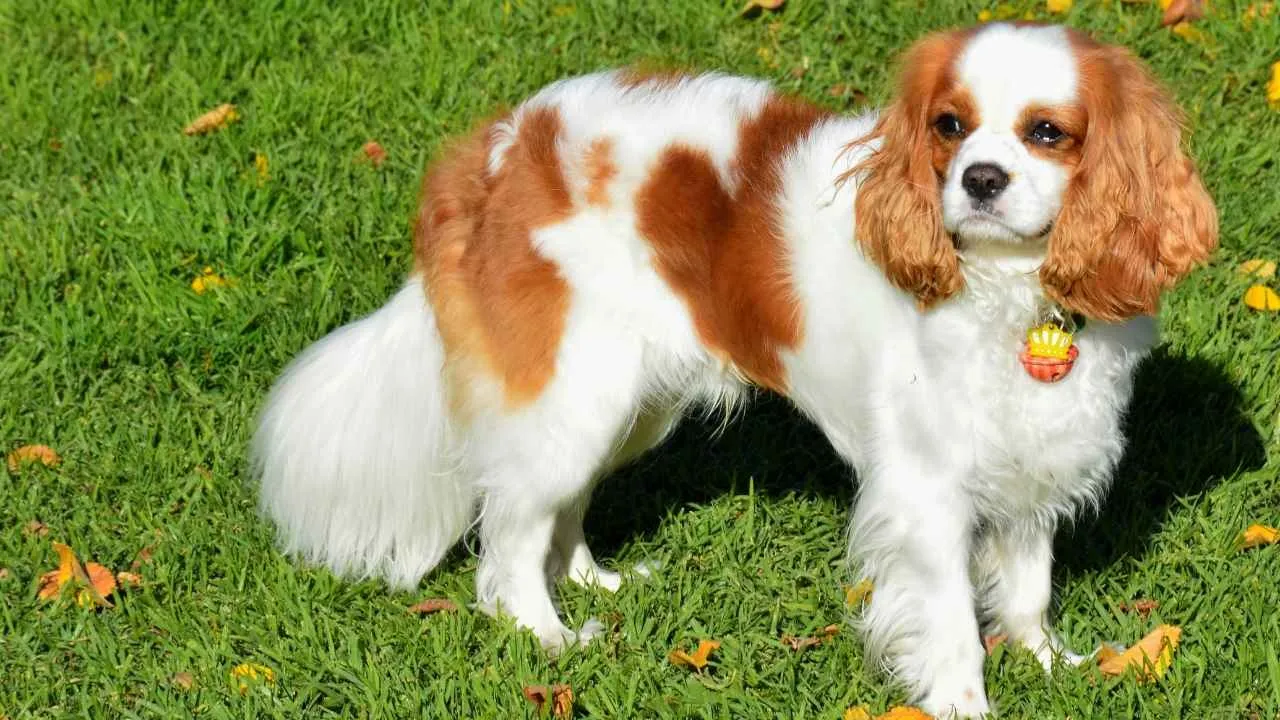
Cavaliers are like the canine equivalent of a warm hug — affectionate, gentle, and ready to make friends with anyone (yes, even your cat and neighbor’s hamster). Their big, soulful eyes and silky coats make them instant heartthrobs, but it’s their easygoing nature and love for companionship that truly win people over.
Originating from the United Kingdom, this breed was historically favored by royalty and nobility. Cavaliers typically weigh between 13 to 18 pounds and stand about 12 to 13 inches tall.

They have a gentle and friendly temperament, making them excellent companions for families, singles, and seniors alike. Cavaliers are social dogs that enjoy being around people and other pets.
Why Cavaliers are cooperation pros:
-
They fit seamlessly into just about any home environment — from bustling families to cozy apartments.
-
Known for being incredibly social, they tend to get along swimmingly with other pets, including cats, which makes introducing furry family members a breeze.
-
Need a couch buddy? Cavaliers excel at being low-key snuggle partners but still love a good play session or walk.
They require regular grooming to maintain their beautiful coat and benefit from daily exercise to stay healthy and happy. Known for their loving nature and adaptability, Cavalier King Charles Spaniels make wonderful lap dogs and loyal companions.
Fun tip: If you’re bringing a dog and cat together, Cavaliers are often the perfect peacekeepers, making it easier for everyone to coexist happily.
Conclusion
When it comes to training dogs, certain dog breeds stand out for their willingness to learn commands, please their owners, and pick up new behaviors. Other breeds like Border Collies, Belgian Tervuren, Bernese Mountain Dogs, Pembroke Welsh Corgis, Afghan Hounds, and Great Pyrenees are among the most cooperative dog breeds. These certain breeds often work closely with family members and are ideal for service dogs, therapy work, and even obedience competitions.
Their training methods matter, and while most dogs can learn, some breeds excel in their ability to become service animals or perform complex tasks. Whether toy sizes or large, these dogs can work independently or with other animals, and even as an only dog, they can build a strong bond with their humans. From scent hounds to herders, their skills, obedience training, and example-setting make them stand out, especially from puppy age. Ultimately, a dog’s ability and willingness to learn define its success as a cooperative companion.


